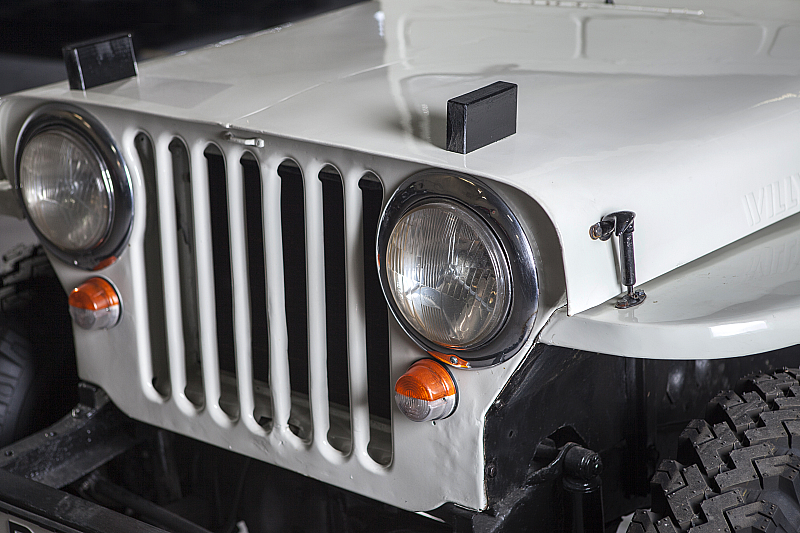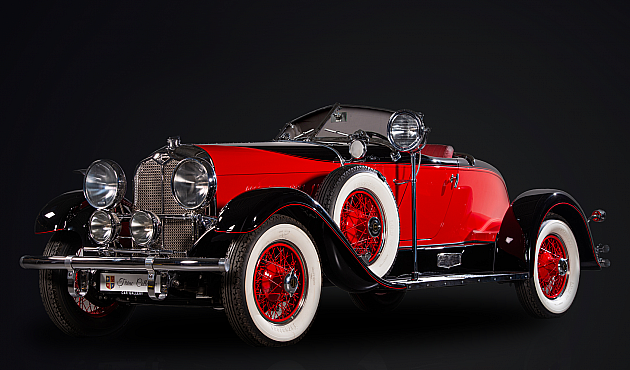Istorie
After the World War II, Willys changed its name in Jeep. The origin of the name “Jeep“ has been debated for many years. Some people believe “Jeep“ is a phonetic pronunciation of the abbreviation GP, from “General Purpose“, that was used as part of the official Army nomenclature.
Full description
Willys-Overland Motors was an American automobile company best known for its design and production of military jeeps (MBs) and civilian versions (CJs) during the 20 th century. It was founded in 1908 but gained most of its popularity during and after World War II, when they produced 653 568 vehicles only for the war, between 1940 and 1945. In 1955, under new leadership by Kaiser Industries, Willys Motors began to promote their newest member of the CJ series, the CJ-5, a model that marked a significant departure from the “flat-fender“ CJs, with its rounded front fender design and squeezed grille (to accommodate larger headlights). Production of the CJ5 didn’t stop until 1983 when a total number of 603,303 units were manufactured. Influenced by the Korean War M38A1 Jeep, the CJ-5 included updates such as rounded fenders, a hood and body made of heavy gauge sheet metal, a larger windshield frame, increased length on the riding springs, form fitting front adjustable bucket seats, a deeper, back-lit instrument panel, rear seating options for 4 passengers, and a new passenger car type handbrake located to the left of the driver underneath the instrument panel. In 1965, Kaiser Industries bought the casting rights to the Buick 225 cu in (3.7 L) V6 Dauntless and the CJ-5 and CJ-6 got a new engine with 155hp supplementing the four cylinder Willys Hurricane engine. The company was sold to American Motors (AMC) in 1970, and the GM engine was retired after the 1971 model year. American Motors began using their own engines in 1972. Replacing the Hurricane was the one- barrel 3801cc (3.8 L) (except in California). Optional was a one-barrel 4228cc (4.2 L) (standard in California). Both engines used the Carter YF carburetor. Also in 1972, AMC’s 4982cc (5.0 L) V8 engine became available which upgraded the power to weight ratio making the vehicle somewhat of a V8 muscle car. To accommodate the new engines, the fenders and hood were stretched 127 mm starting in 1972 and the wheelbase was stretched 76 mm. In 1973, a new dash was used, with a single gauge in the center of the dash housing the speedometer, fuel and temperature gauges. After the World War II, Willys changed its name in Jeep. The origin of the name “Jeep“ has been debated for many years. Some people believe “Jeep“ is a phonetic pronunciation of the abbreviation GP, from “General Purpose“, that was used as part of the official Army nomenclature. The first documented use of the word “Jeep“ was the name of a character Eugene the Jeep in the Popeye comic strip, known for his supernatural abilities (e.g., walking through walls). Whatever the source, the name stuck and, after the war, Willys filed a successful trademark claim for the name. This car has covered 38,930 km.




